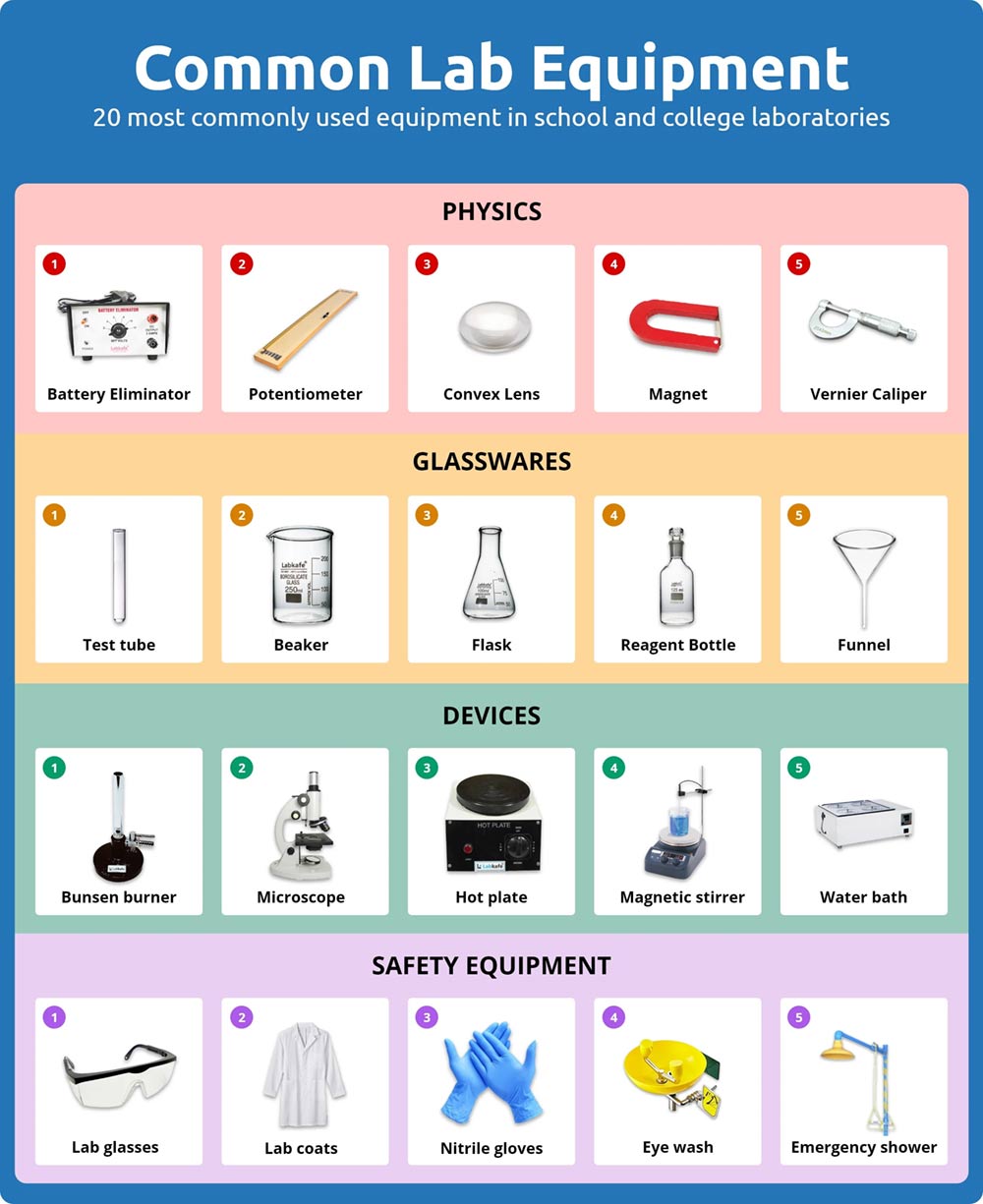
20 most commonly used equipment in school and college laboratories
Here is the detail guide about Lab Equipment Package designed for 40 students as per school board curriculum and get school affiliation easily (CBSE/ICSE/Others).
Physics equipment:
- Battery eliminator – A Battery Eliminator is a device that converts AC mains power to a stable DC output, used in physics experiments to replace batteries for consistent voltage supply
- Various meters – This includes –
- Ammeter: Measures the electric current flowing through a circuit.
- Voltmeter: Gauges the voltage or electric potential difference between two points in a circuit.
- Ohmmeter: Determines the electrical resistance of a component or circuit.
- Galvanometer: Detects and measures small electric currents.
- Multimeter: Combines multiple measurement functions like voltage, current, and resistance in one device.
- Wattmeter: Measures the power consumed or produced by an electrical device.
- Hygrometer: Measures the humidity levels in the atmosphere.
- Manometer: Measures pressure in gases or liquids.
- Thermometer: Measures temperature.
- Barometer: Measures atmospheric pressure
- Lens – A lens is a curved piece of glass or plastic that bends light to focus or disperse rays, used in devices like microscopes and cameras to magnify or clarify images.
- Magnet – A magnet is a material that generates a magnetic field, attracting certain metals like iron and enabling experiments with magnetic forces.
- Vernier caliper – A Vernier caliper is a precise measuring tool used in physics to measure the internal and external dimensions, as well as the depth of objects, with high accuracy.
Glassware:
- Test tube – A small cylindrical container used for holding, mixing, or heating small quantities of liquids in experiments
- Beaker – A wide-mouthed, cylindrical container with a spout, used for stirring, mixing, and heating liquids.
- Flask -A container with a narrow neck, used for heating, mixing, or storing liquids, reducing evaporation and contamination.
- Pipette – A slender tube used to accurately measure and transfer small volumes of liquid
- Burette – A graduated glass tube with a tap at one end, used for delivering precise volumes of liquid, especially in titrations.
Devices:
- Bunsen burner
- Microscope
- Hot plate
- Magnetic stirrer
- Water bath
Safety equipment:
- Lab glasses
- Lab coats
- Nitrile gloves
- Eye wash
- Emergency shower
WhatsApp us today to get any of the products above, or all of them!
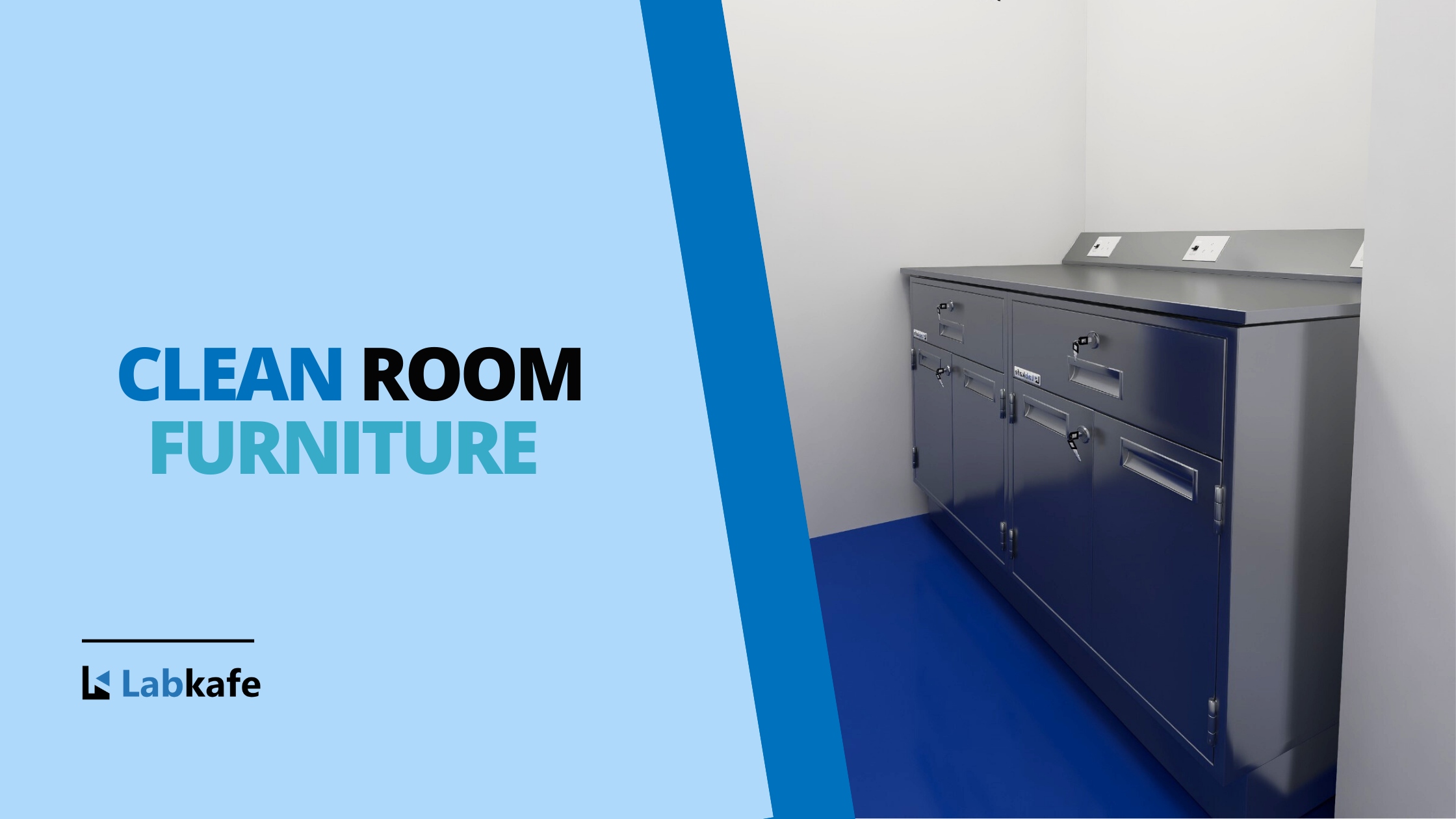
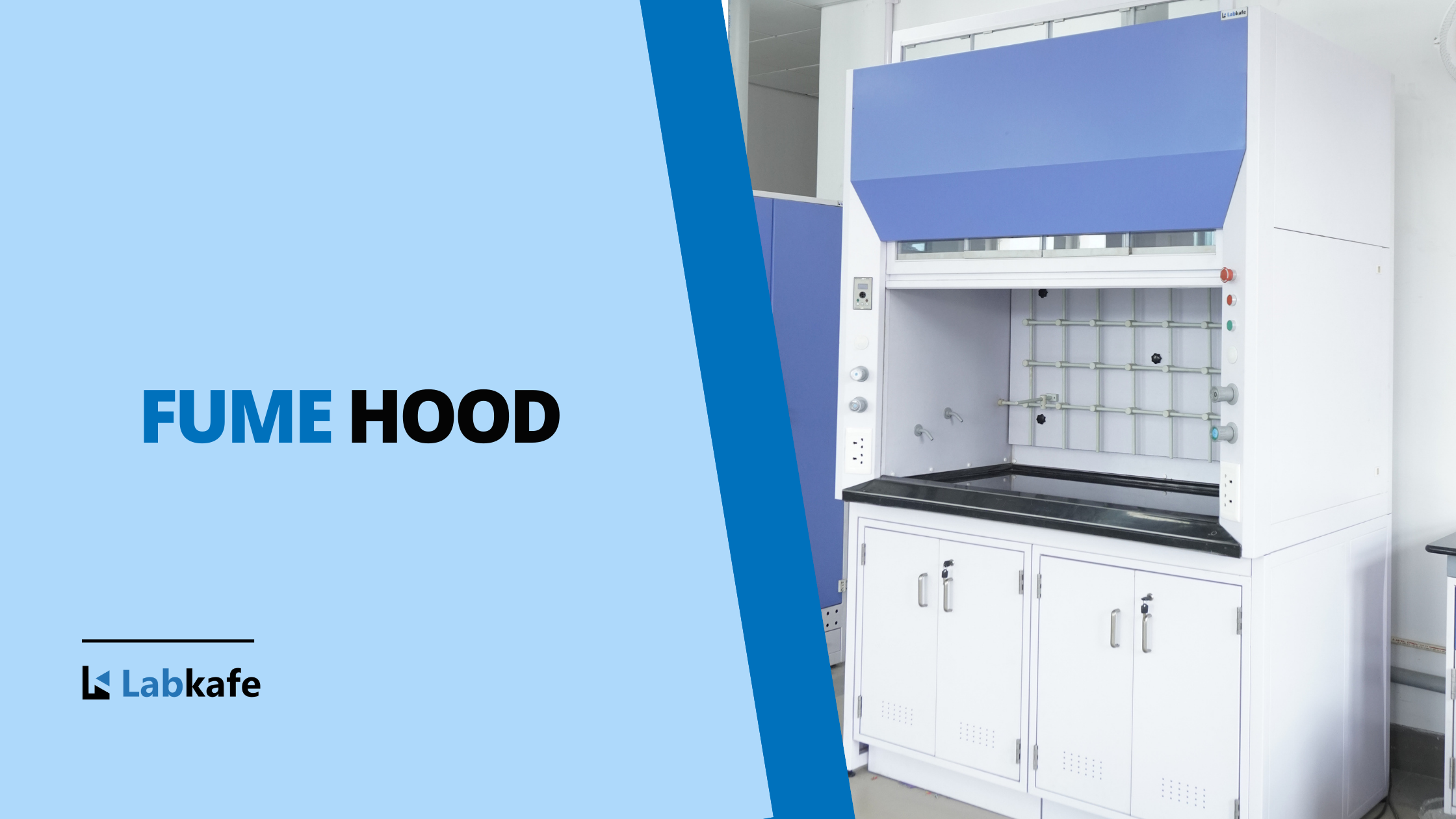
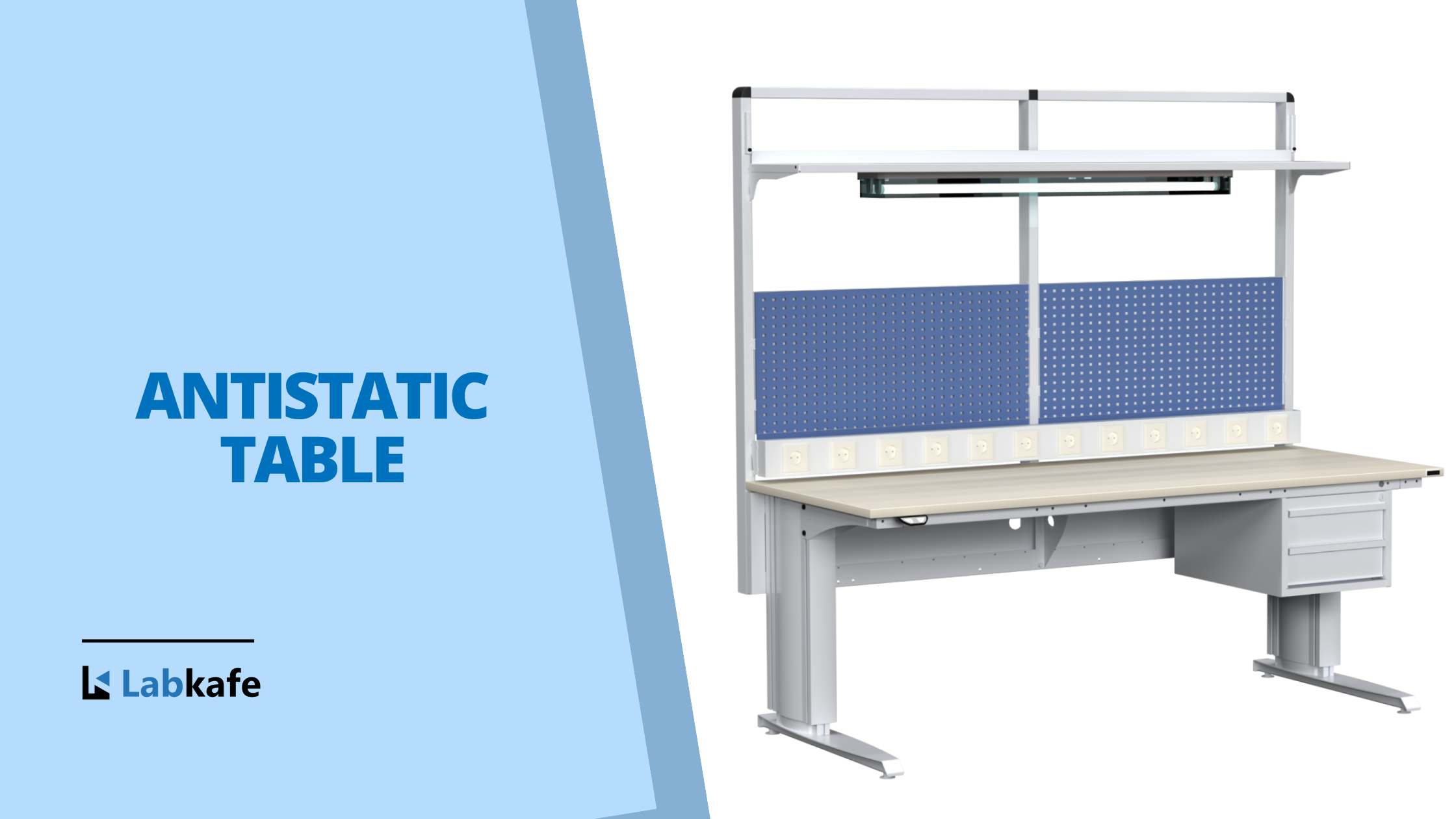
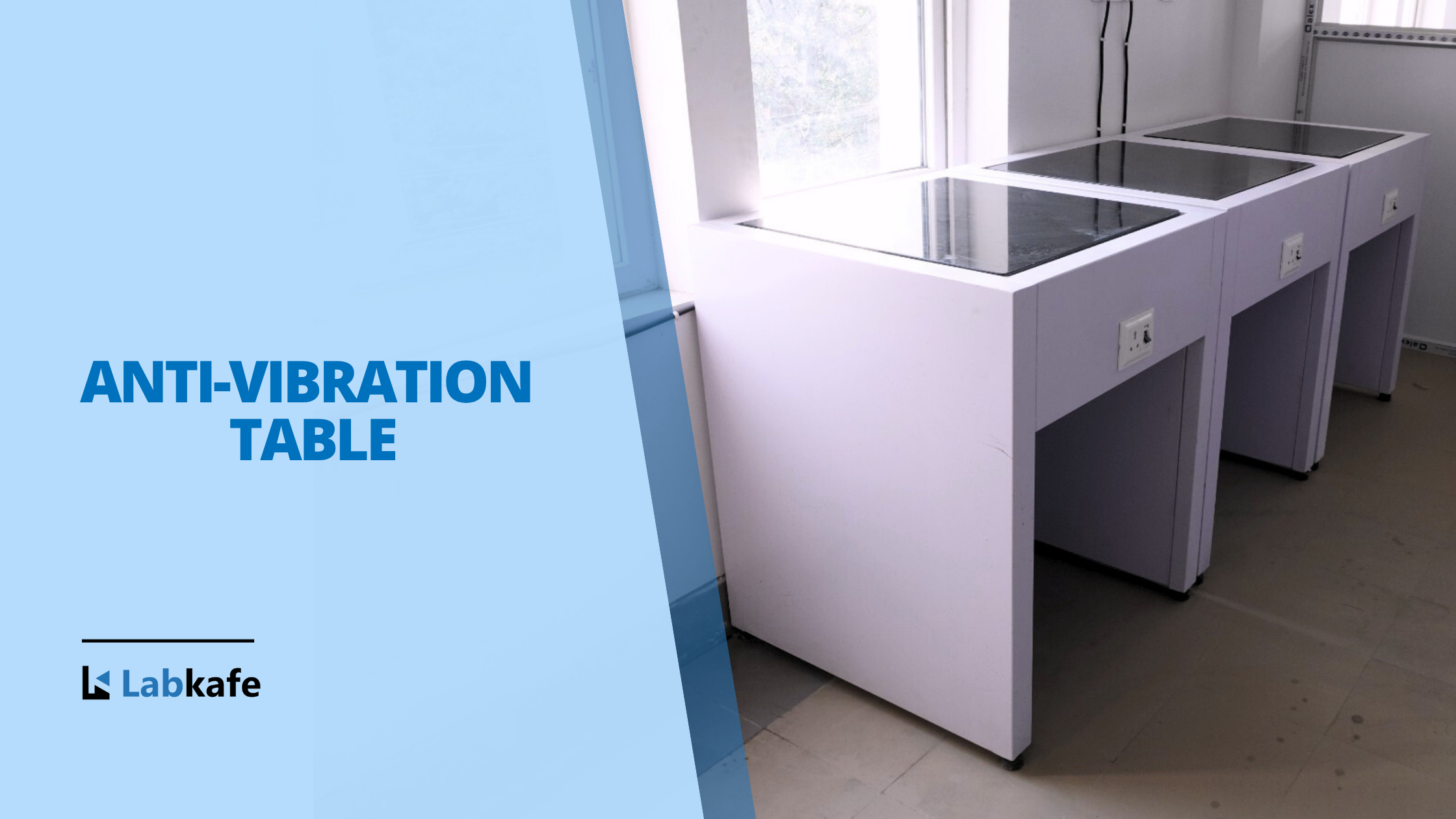
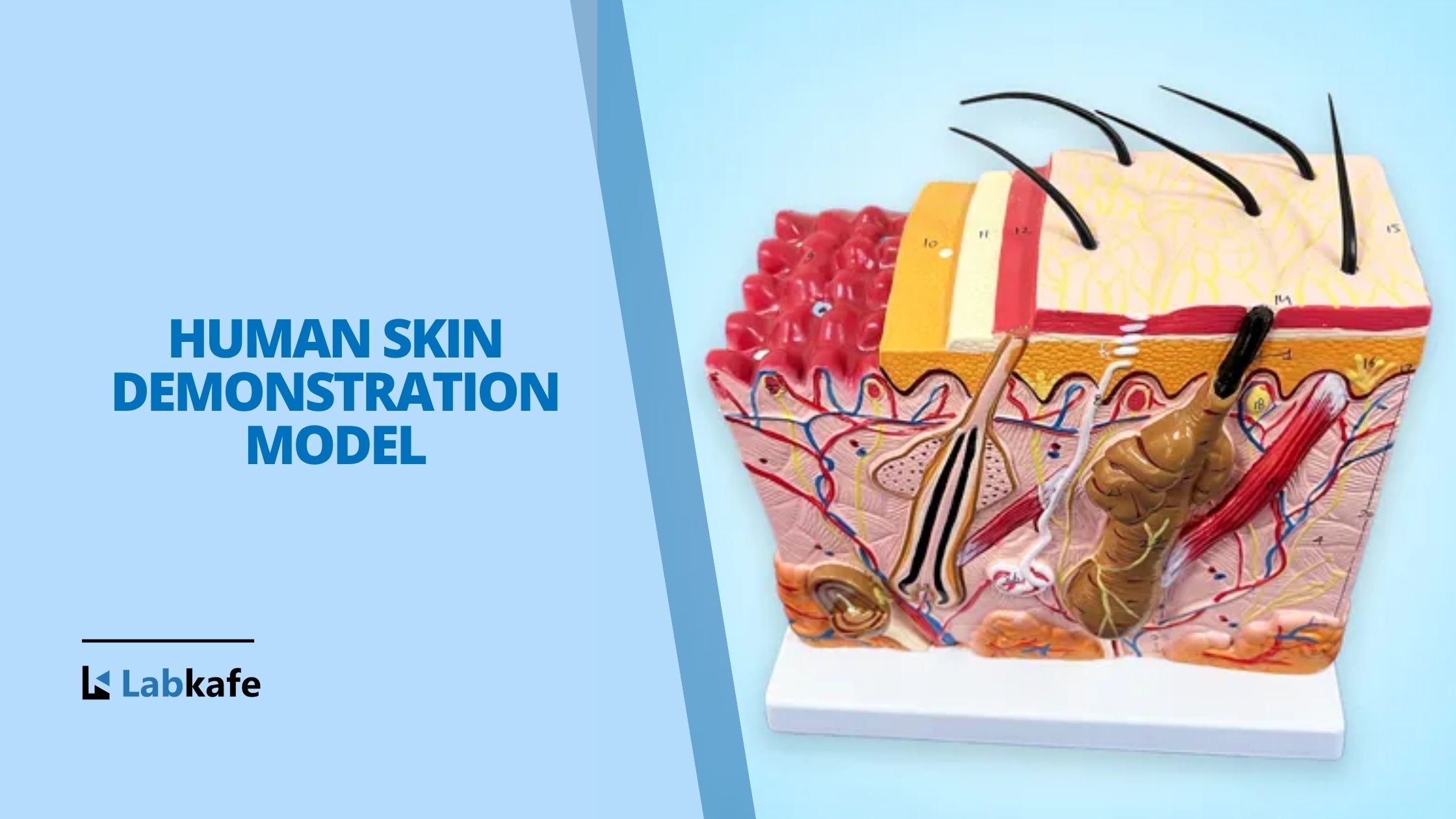
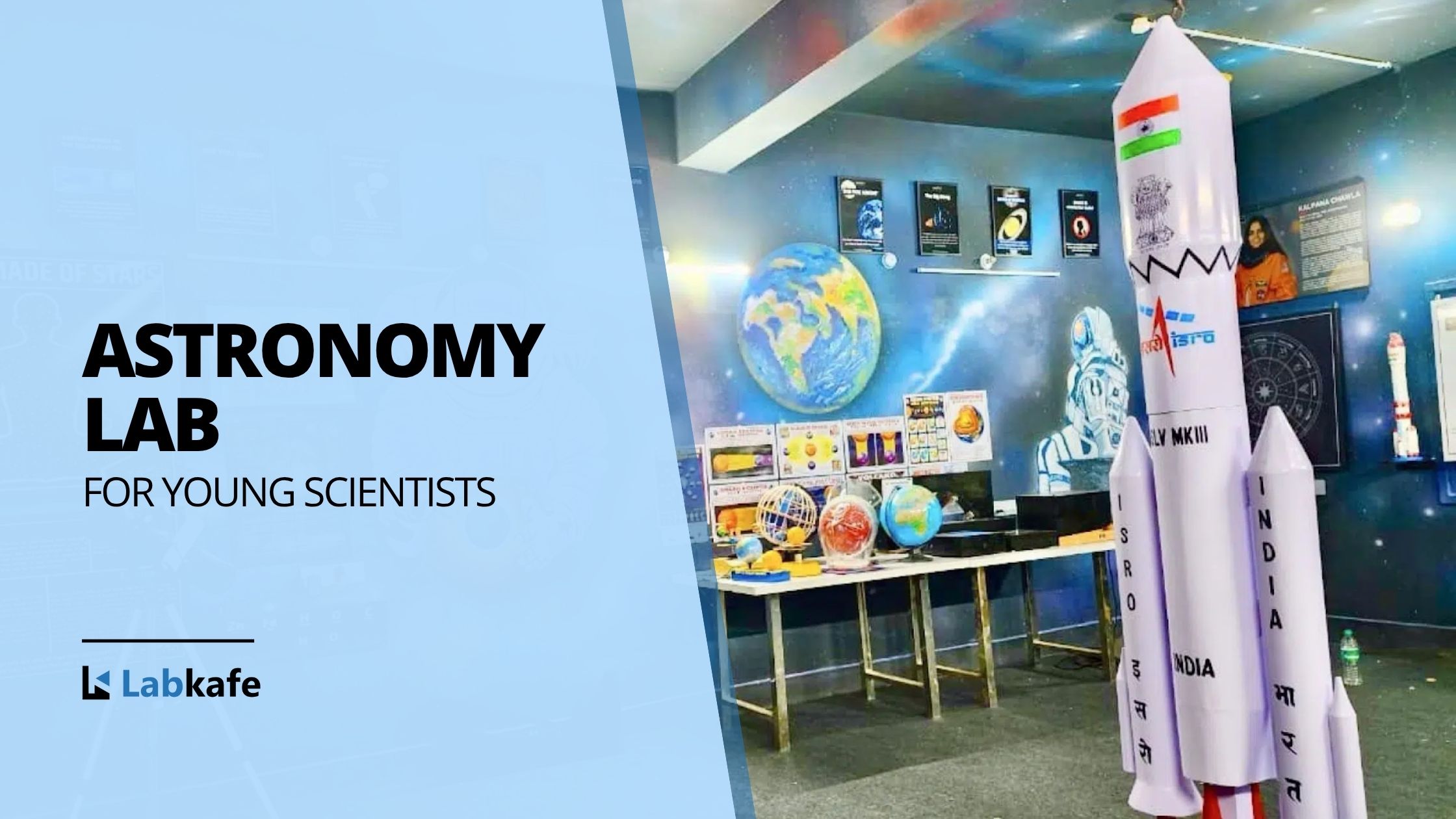
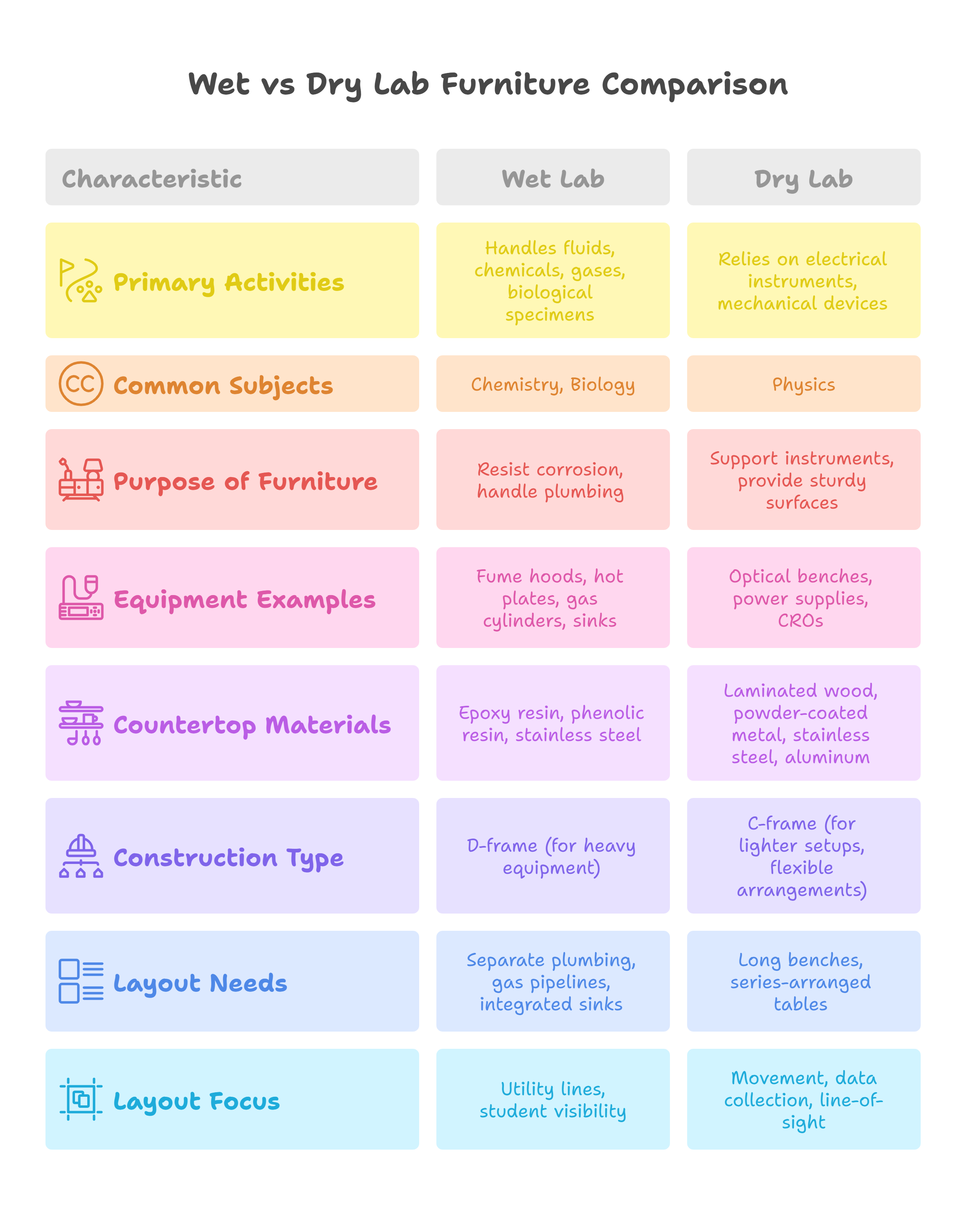
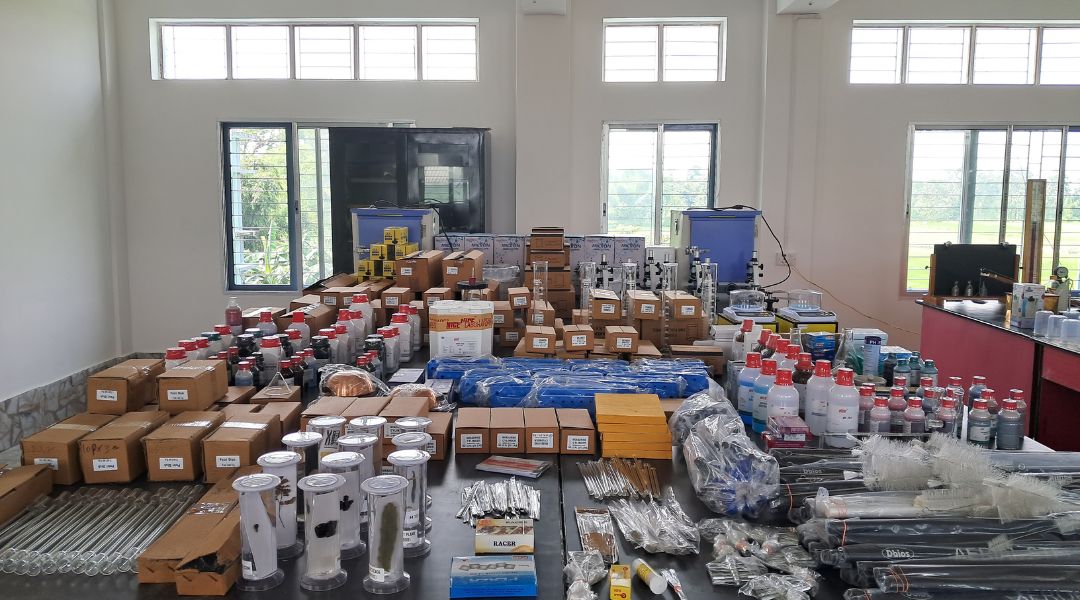
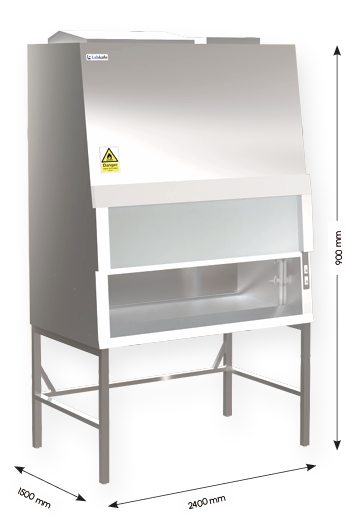
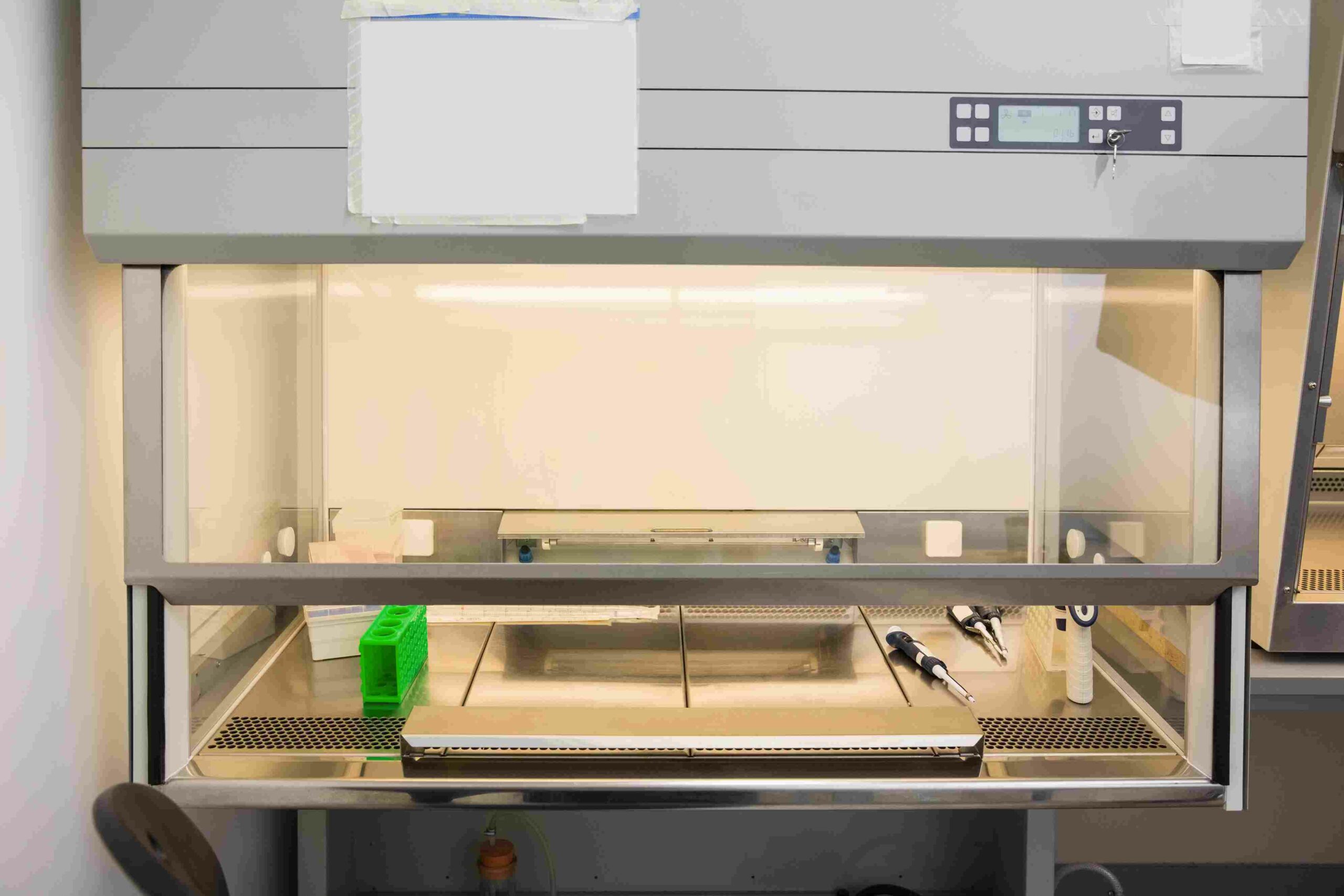
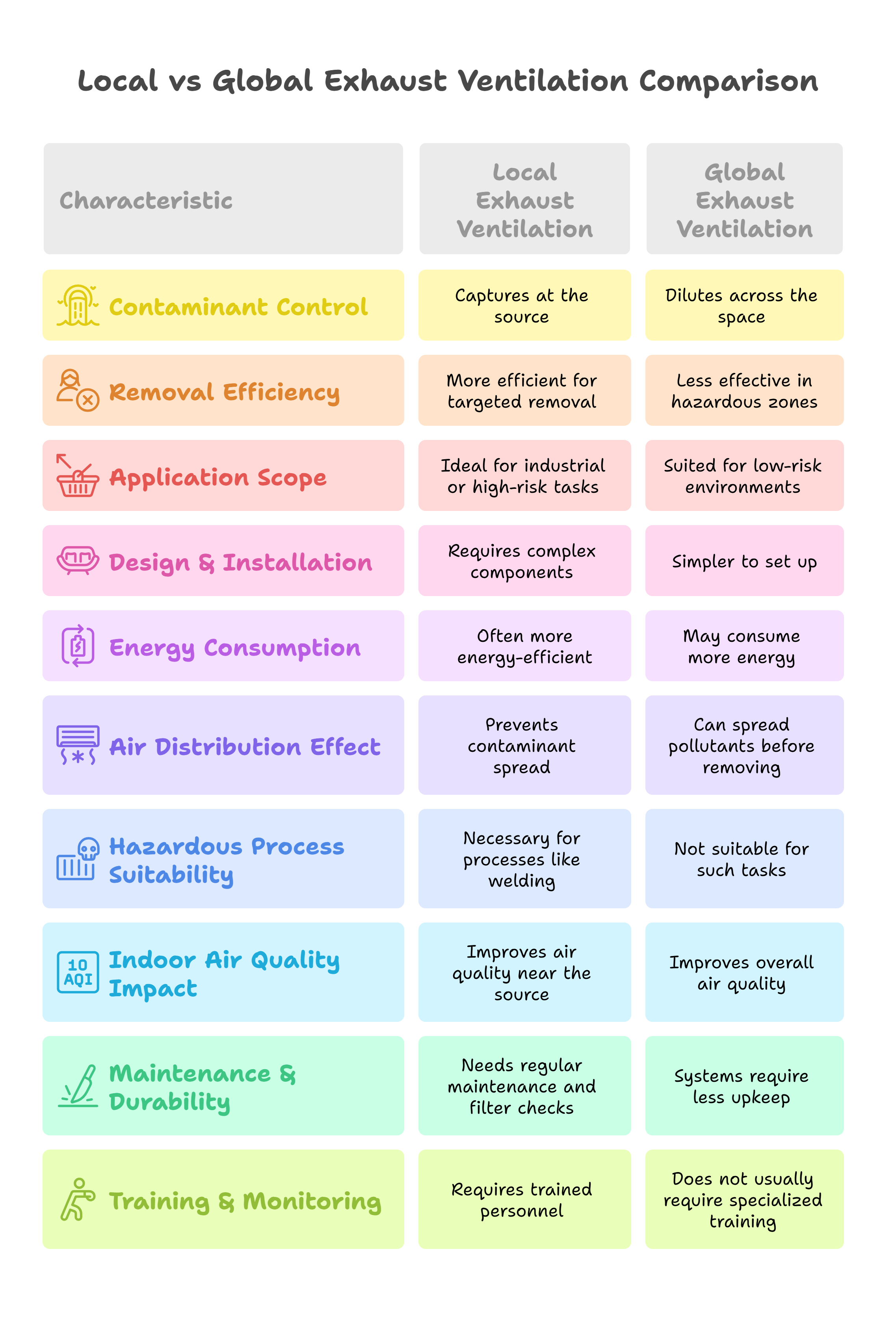
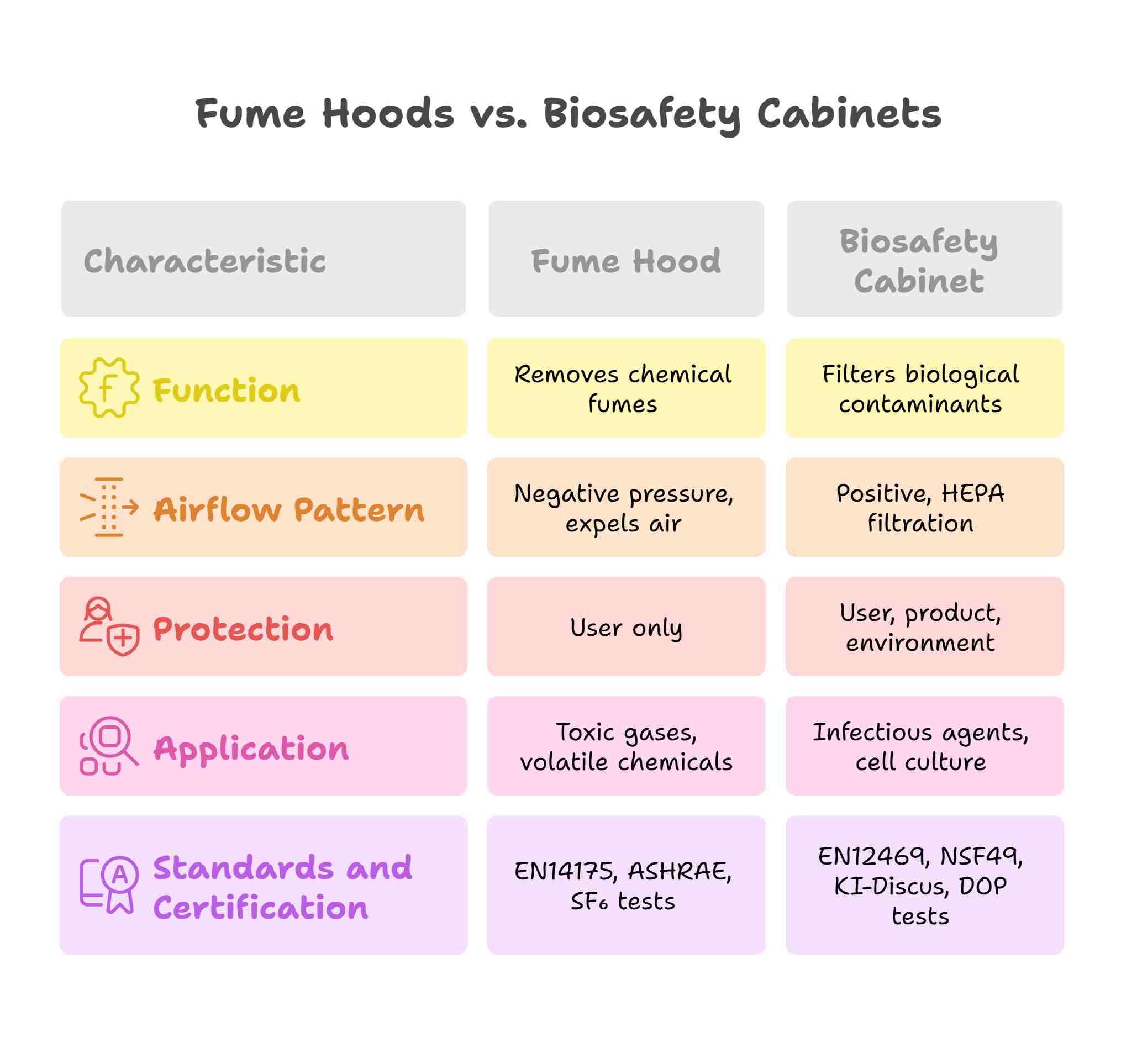
Leave a Reply